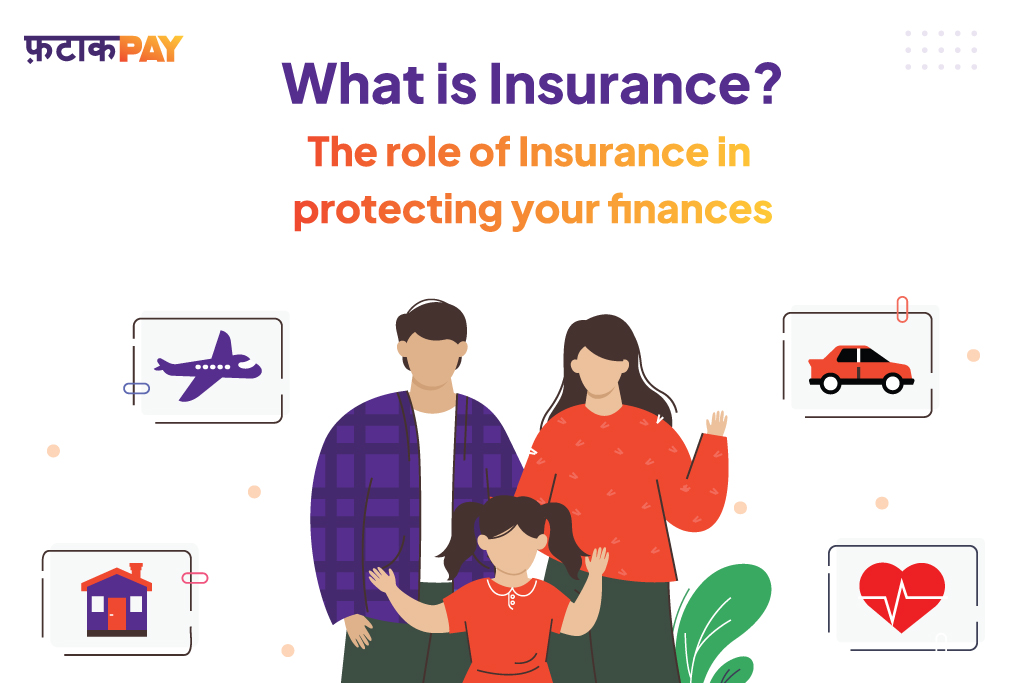The smart Trick of Pacific Prime That Nobody is Discussing
The smart Trick of Pacific Prime That Nobody is Discussing
Blog Article
The Single Strategy To Use For Pacific Prime
Table of ContentsPacific Prime for DummiesPacific Prime Fundamentals ExplainedThe Ultimate Guide To Pacific PrimeA Biased View of Pacific Prime3 Easy Facts About Pacific Prime Described

This is since the information were accumulated for a period of strong economic performance. Of the estimated 42 million people who were without insurance, almost about 420,000 (regarding 1 percent) were under 65 years old, the age at which most Americans come to be eligible for Medicare; 32 million were grownups between ages 18 and 65, about 19 percent of all grownups in this age team; and 10 million were youngsters under 18 years old, about 13.9 percent of all children (Mills, 2000).
These estimates of the number of persons without insurance are created from the yearly March Supplement to the Existing Populace Study (CPS), conducted by the Census Bureau. Unless otherwise noted, national quotes of individuals without medical insurance and percentages of the populace with various sort of insurance coverage are based upon the CPS, one of the most extensively made use of resource of quotes of insurance coverage and uninsurance rates.
Facts About Pacific Prime Revealed

Still, the CPS is particularly useful due to the fact that it generates yearly estimates reasonably quickly, reporting the previous year's insurance coverage approximates each September, and due to the fact that it is the basis for a regular set of price quotes for greater than twenty years, permitting analysis of patterns in protection with time. For these factors, as well as the extensive use the CPS in various other research studies of insurance protection that are presented in this record, we count on CPS estimates, with constraints kept in mind.

The price quote of the number of without insurance people expands when a populace's insurance coverage standing is tracked for several years. Over a three-year duration beginning early in 1993, 72 million people, 29 percent of the united state population, were without insurance coverage for a minimum of one month. Within a single year (1994 ), 53 million individuals experienced at the very least a month without insurance coverage (Bennefield, 1998a)
Six out of every ten without insurance adults are themselves used. Although functioning does improve the likelihood that and one's family participants will have insurance, it is not a warranty. Also members of families with 2 full-time breadwinner have nearly a one-in-ten opportunity of being uninsured (9.1 percent without insurance rate) (Hoffman and Pohl, 2000).
Get This Report about Pacific Prime
New immigrants make up a significant proportion of people without health insurance coverage. One evaluation has actually associated a significant section of the current development in the size of the united state without insurance population to immigrants that showed up in the country in between 1994 and 1998 (Camarota and Edwards, 2000). Current immigrants (those that came to the United States within the previous four years) do have a high rate of being uninsured (46 percent), but they and their kids account for just 6 percent of those without insurance coverage across the country (Holahan et al., 2001).
The partnership in between medical insurance and accessibility to care is well developed, as documented later on in this chapter. Although the connection in between medical insurance and health and wellness results is neither direct nor simple, a considerable professional and health and wellness solutions research study literature links medical insurance coverage to enhanced access to care, better quality, and improved individual and populace health condition.
Degrees of evaluation for taking a look at the impacts of uninsurance. This discussion of health insurance policy coverage concentrates mostly on the U.S. population under age 65 due to the fact that basically all Americans 65 and older have Medicare or various other public protection. It focuses especially on those without any wellness insurance coverage for any length of time.
Fascination About Pacific Prime
The troubles encountered by the underinsured remain in some aspects comparable to those encountered by the without insurance, although they are generally less extreme. international health insurance. Uninsurance and underinsurance, nevertheless, her response involve definitely different plan concerns, and the approaches for resolving them may differ. Throughout this study and the 5 records to comply with, the main emphasis gets on individuals with no wellness insurance and therefore no aid in spending for health and wellness treatment past what is offered through charity and safety and security internet organizations
Health and wellness insurance coverage is an effective aspect affecting invoice of care since both clients and medical professionals react to the out-of-pocket price of solutions - https://penzu.com/p/79996ae8dade0171. Medical insurance, nevertheless, is neither needed nor adequate to get to clinical solutions. Nonetheless, the independent and straight effect of medical insurance protection on accessibility to wellness solutions is well developed.
Others will acquire the healthcare they need also without health insurance policy, by paying for it expense or seeking it from carriers who offer care free or at extremely subsidized prices. For still others, medical insurance alone does not guarantee invoice of treatment due to various other nonfinancial barriers, such as a lack of wellness care companies in their community, restricted accessibility to transportation, illiteracy, or linguistic and social distinctions.
Pacific Prime Can Be Fun For Anyone
Official research regarding without insurance populaces in the United States dates to the late 1920s and early 1930s when the Board on the Expense of Medical Treatment produced a collection of reports about funding medical professional workplace check outs and hospital stays. This problem came to be significant as the numbers of clinically indigent climbed up throughout the Great Clinical depression.
Report this page